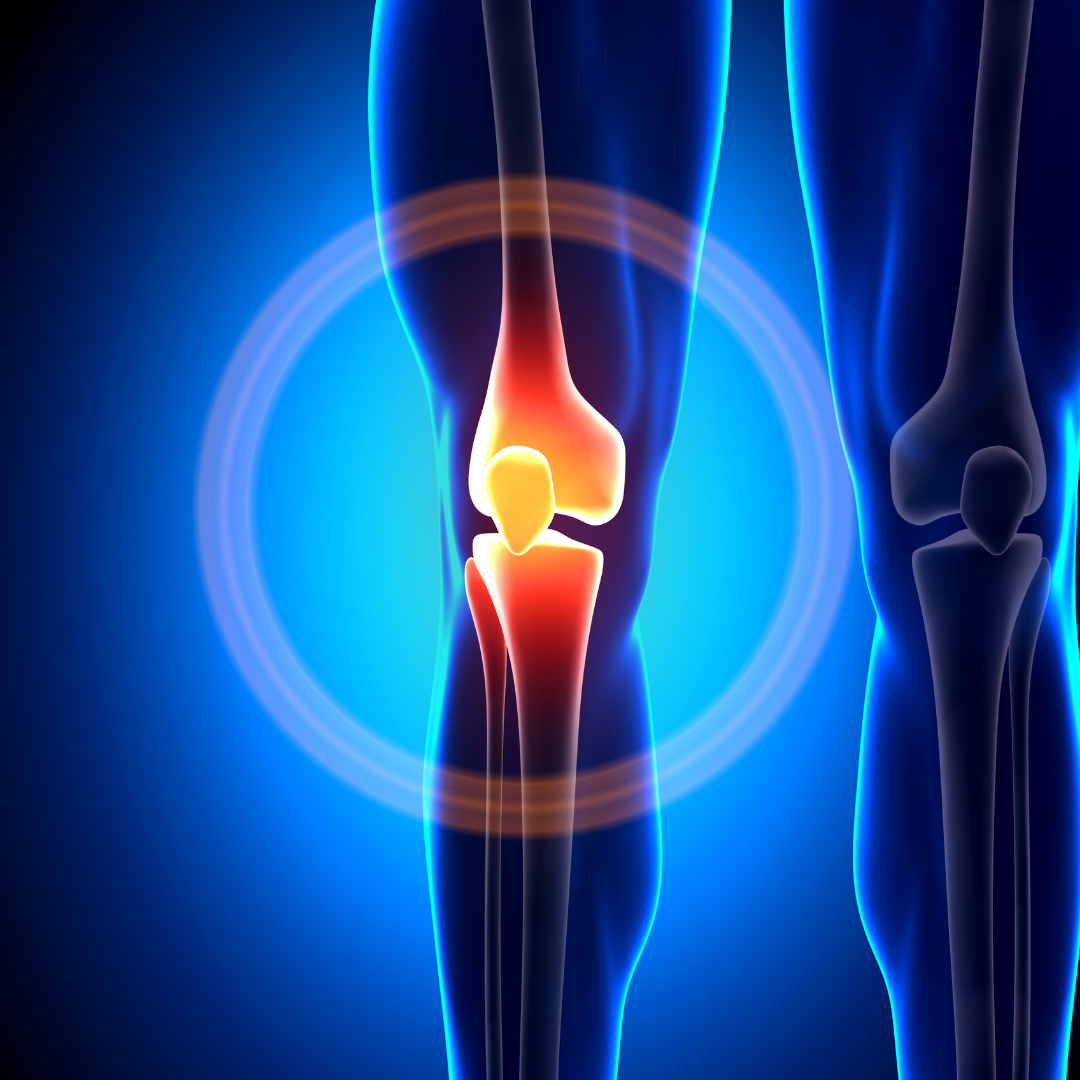Multiple award-winning studies—on topics such as extended antibiotic prophylaxis after total joint arthroplasty and metal debris in the knee joint following arthroplasty with nickel-free components—are featured in the new JBJS Guest Editorial “What’s New in Adult Reconstructive Knee Surgery.” Here, we highlight the 5 most compelling findings, as selected by co-author Jesus Villa, MD.
Implant Design
Researchers found notable levels of chromium and nickel ions in the knee joint following total knee arthroplasty (TKA) using cobalt-chromium components as well as in TKA using nickel-free oxidized zirconium femoral and titanium tibial components1. Cutting blocks and saw blades were major sources of metal debris. Nickel levels were 3.3 times higher in the “nickel-free” group than in the cobalt-chromium group, leading the authors to question the rationale of using pricier hypoallergenic components for patients with a known or suspected nickel or chromium allergy.
Surgical Technique
To better understand the mechanisms involved in aseptic tibial loosening following TKA, a cadaveric study assessed the effect of knee motion during cement polymerization on pull-out strength2. Implants were assigned to 2 groups using side-to-side randomization. In one group, the tibial component was held without motion after impaction until cement polymerization was complete. In the other group, the contralateral component underwent a range-of-motion and stability assessment 7 minutes after cement mixing. Decreased tibial implant fixation strength was associated with knee motion, with a mean pull-out strength of 5,462 N in the no-motion group compared with 4,473 N in the motion group.
Technology-Assisted TKA
A study published in JBJS compared 30 and 90-day mortality rates between patients who underwent bilateral-simultaneous TKA (BSTKA) performed with technology-assisted versus conventional instrumentation3. Analyzing registry data from 34,908 procedures, the authors found a significant reduction in 30 and 90-day mortality with technology-assisted versus conventional BSTKA (odds ratio for both time points, 0.26, adjusting for age, sex, procedure year, ASA classification, and BMI). They conclude that the difference in mortality “may be explained by the reduced fat emboli associated with technology-assisted BSTKA and is likely to be clinically important on a population scale.”
Infection
A 7-day oral antibiotic prophylaxis protocol following TKA or THA (total hip arthroplasty) was associated with a reduction in 1-year infection rates among patients with poor host factors4. Researchers retrospectively reviewed 3,855 consecutive primary THAs and TKAs performed at a single institution. The rate of periprosthetic joint infection (PJI) among high-risk patients was 0.89% for those who received extended antibiotics compared with 2.64% for those who did not (p < 0.001).
Another study evaluated the diagnostic performance of preoperative synovial fluid culture for the early identification of PJI organisms5. Researchers evaluated concordance, defined as matching organism(s) in aspirate and intraoperative specimens, in 363 TKA and THA patients identified from a retrospective joint infection database. As noted by Dr. Jesus Villa et al. in the JBJS Guest Editorial, the rate of concordance for revision TKAs was only 76.4% and thus intraoperative cultures are still needed.
“What’s New in Adult Reconstructive Knee Surgery” is freely available at JBJS.org.
What’s New by Subspecialty
Each month, JBJS publishes a review of the most pertinent studies from the orthopaedic literature in a select subspecialty. To read the reports, visit the “What’s New by Subspecialty” collection at JBJS.org.
Recent OrthoBuzz posts include: “What’s New in Musculoskeletal Tumor Surgery,” What’s New in Musculoskeletal Basic Science,” and “What’s New in Orthopaedic Rehabilitation.”
References
- Lawrie CM, Bartosiak KA, Barrack TN, Nunley RM, Wright RW, Barrack RL. James A. Rand Young Investigator’s Award: Questioning the “nickel free” total knee arthroplasty. J Arthroplasty. 2022 Aug;37(8S):S705-9.
- Martin JR, Wronski PT, Schilkowsky RM, Orfanos AV, Fehring TK, Mason JB. Chitranjan S. Ranawat Award: Motion during total knee cementing significantly decreases tibial implant fixation strength. J Arthroplasty. 2022 Jun;37(6S):S12-8.
- Kirwan DP, B Imis YP, Harris IA. Increased early mortality in bilateral simultaneous TKA using conventional instrumentation compared with technology-assisted surgery: a study of 34,908 procedures from a national registry. J Bone Joint Surg Am. 2021;103(23):2177-80.
- Kheir MM, Dilley JE, Ziemba-Davis M, Meneghini RM. The AAHKS Clinical Research Award: Extended oral antibiotics prevent periprosthetic joint infection in high-risk cases: 3855 patients with 1-year follow-up. J Arthroplasty. 2021 Jul;36(7S):S18-25.
- Boyle KK, Kapadia M, Chiu YF, Khilnani T, Miller AO, Henry MW, Lyman S, Carli AV. The James A. Rand Young Investigator’s Award: Are intraoperative cultures necessary if the aspiration culture is positive? A concordance study in periprosthetic joint infection. J Arthroplasty. 2021 Jul;36(7S):S4-10.



